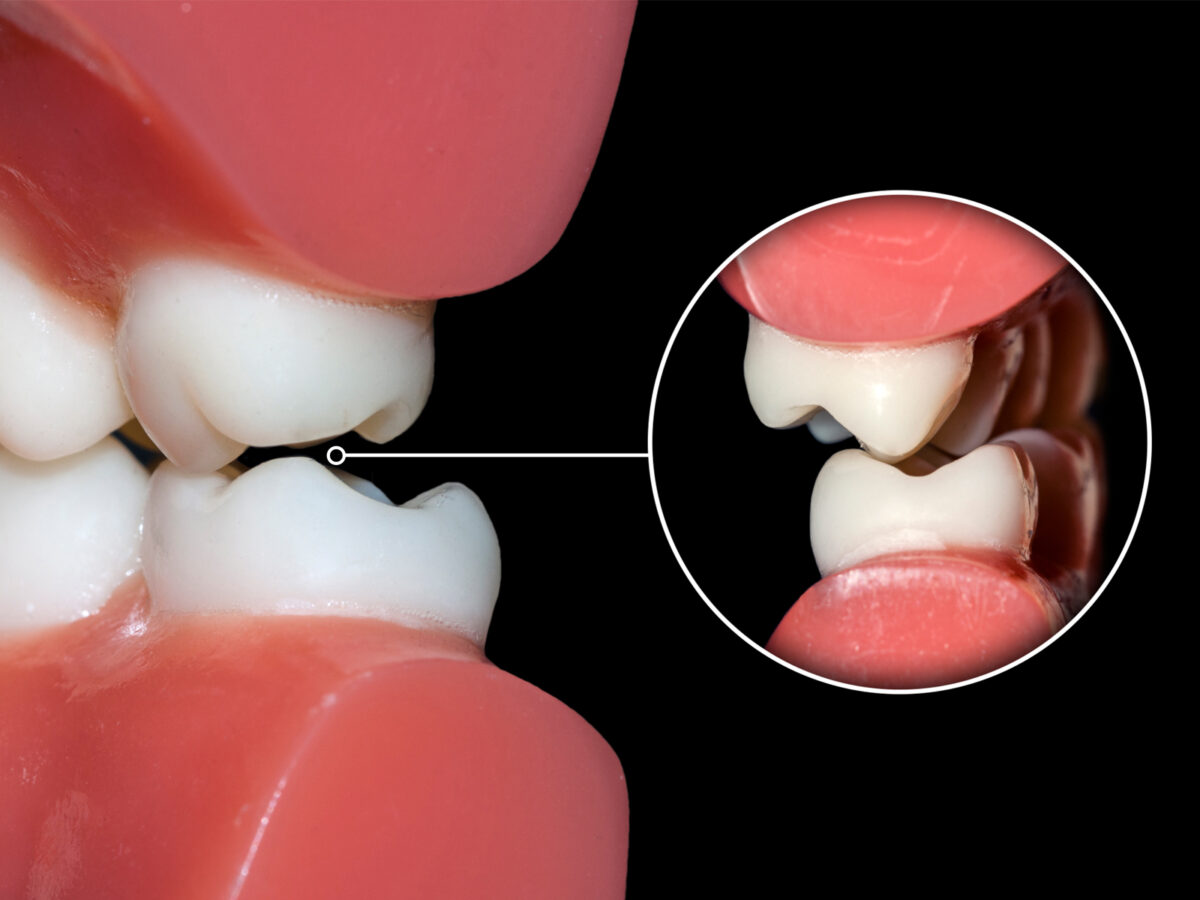Blog
Dental hygiene tips for healthy teeth & gums

What Causes Occlusion Of Teeth?
In dental terminology, occlusion refers to the way the lower jaw meets the upper jaw. It is how the teeth contact in any type of functional relationship. In addition to providing the best aesthetics and preventing disease, a normal occlusion is ideal as it allows the mouth to function properly.
You can think of your dental occlusion as your bite, so the two are the same. Every person bites differently based on their current state or feeling. A bite into an apple is different from chewing because the teeth close differently. Sleeping or being fully relaxed affects your bite differently.
If you close your mouth or chew food, your mandibular or lower teeth come into touch with your maxillary or upper teeth. Orthodontic therapy and working with an orthodontist can involve ensuring that your bite is correct.
Let’s learn more about tooth occlusion how it is caused and what can be done to cure it.
How does tooth occlusion affect an individual?
Numerous factors contribute to a person’s dental occlusion. In the first place, the size and formation of a person’s jaws define how their teeth erupt. A narrow or small jaw, for example, may lead to teeth that are overcrowded and protruding.
A person’s bite can also be affected in many other ways by their jaw. Malocclusions and good bites can also be determined by the size, shape, and health of the teeth. There are three different types of occlusion: Static, dynamic, and centric. These can affect oral health to a great extent if not treated timely.
Good oral habits that begin in childhood generally prevent the development of a bad bite. Some people, however, require more than good oral hygiene. And in such cases, orthodontists need to correct congenital or inherited malocclusions.
Cleaning teeth with a good alignment is easy. In addition, they make eating and speaking easier. Bad bites, on the other hand, can result in all kinds of problems. Tooth decay, gum disease, or plaque buildup can be the result of occlusal dysfunction.
It can be challenging for a person with a severe underbite or overbite to talk or chew. A gapped tooth can also lead to the same. Additionally, malocclusion can also alter the appearance of the face and affect its shape.
How can you treat an occlusion tooth?
There are different treatment options for different occlusions. The treatment for the same depends on what stage of the disease you are on. But here is an overview of how you can cure this oral health issue:
- The Restoration Process: Dental crowns can be bonded to your teeth in order to align them properly and correct your bite. The difference between this and equilibration is that it focuses on restoring bite rather than altering a couple of teeth to correct your tooth occlusion.
- Equilibration: The goal of this treatment for malocclusion is to improve the function of your teeth by modifying their biting surface. The procedure of dental equilibration, or asymmetry, is a relatively gentle one. To create a more solid bite, one or more teeth are fixed in order to prevent tooth stress. As an added benefit, this treatment reduces jaw joint and muscle trauma.
- Splints: By wearing bite guards, dental splints, or occlusal splints, patients can alter their bite by relaxing the jaw muscles. As well as preventing fractures, splints also prevent teeth chipping. It’s not just dental misalignment that requires splints. The procedure is also commonly used to treat TMDs.
- Orthodontic treatment: In case you have an inefficient or incorrect bite that is causing you problems, then fitting orthodontic braces will help you correct it when the time comes. The most common treatment choice is braces, due to their ability to provide maximum movement. Your dentist can help you decide whether this orthodontic method is the right one for you.
Hope this article has helped you get to know more about these dental care diseases. Lastly, it is very vital to seek medical attention if you notice any misalignment in your teeth.


